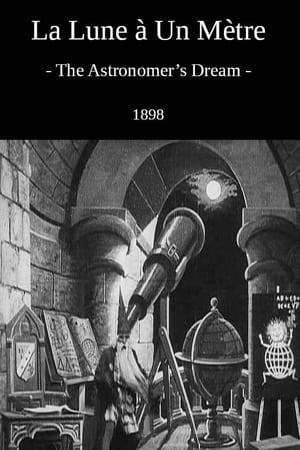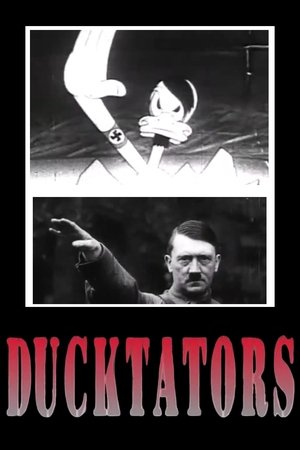
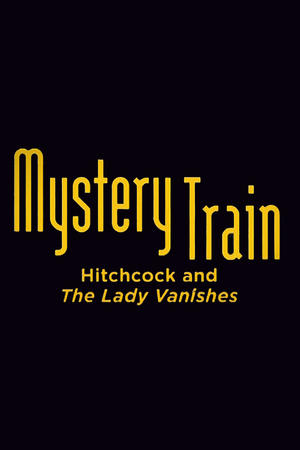
Mystery Train: Hitchcock and The Lady Vanishes(2007)
This video essay, featuring film scholar Leonard Leff, addresses the 1938 Alfred Hitchcock film The Lady Vanishes' British context and political underpinnings and the details and techniques that undeniably make it a 'Hitchcock picture.'
Movie: Mystery Train: Hitchcock and The Lady Vanishes
Top 1 Billed Cast
Self - Film Scholar / Narrator (voice)

Mystery Train: Hitchcock and The Lady Vanishes
HomePage
Overview
This video essay, featuring film scholar Leonard Leff, addresses the 1938 Alfred Hitchcock film The Lady Vanishes' British context and political underpinnings and the details and techniques that undeniably make it a 'Hitchcock picture.'
Release Date
2007-11-20
Average
6
Rating:
3.0 startsTagline
Genres
Languages:
EnglishKeywords
Recommendations Movies
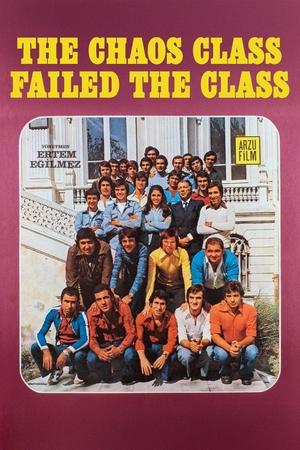 8.0
8.0The Chaos Class Failed the Class(tr)
A young and beautiful female teacher starts working in an all boys high school.
 6.2
6.2Return of the Seven(en)
Chico, one of the remaining members of The Magnificent Seven, now lives in the town that they (The Seven) helped. One day someone comes and takes most of the men prisoner. His wife seeks out Chris, the leader of The Seven for help. Chris also meets Vin another member of The Seven. They find four other men and they go to help Chico.
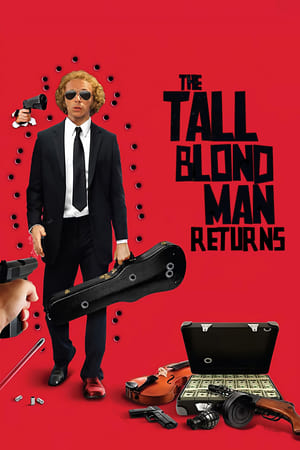 6.5
6.5The Return of the Tall Blond Man with One Black Shoe(fr)
With "little captain" Cambrai raising serious doubts about the reality of the so-called "super spy," Colonel Toulouse kidnaps Christine and forces Francois to play again the character of "The Tall Blond Man with One Black Shoe" in some fake adventures. All this to stop the investigation into the death of Colonel Milan.
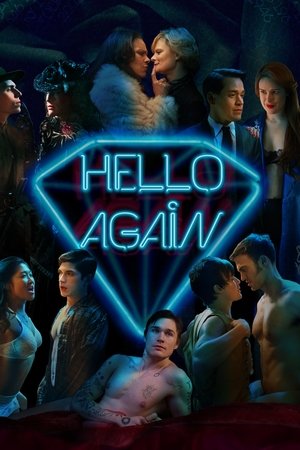 5.9
5.9Hello Again(en)
Ten lost souls slip in and out of one another's arms in a daisy-chained musical exploration of love's bittersweet embrace. A film adaptation of Michael John LaChiusa's celebrated musical, originally based on Arthur Schnitzler's play, La Ronde.
 6.3
6.3Daddio(en)
A woman taking a cab ride from JFK airport engages in a conversation with the driver about the important relationships in their lives.
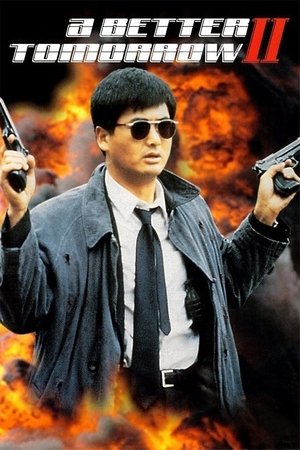 7.0
7.0A Better Tomorrow II(zh)
A restauranteur teams up with a police officer and his ex-con brother to avenge the death of a friend's daughter.
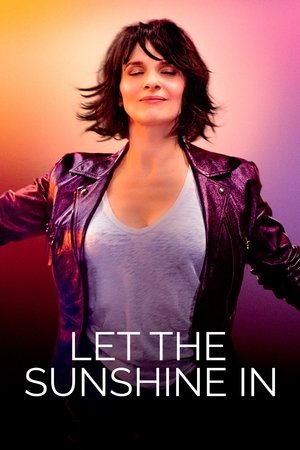 5.2
5.2Let the Sunshine In(fr)
Isabelle, Parisian artist, divorced mother, is looking for love, true love, at last.
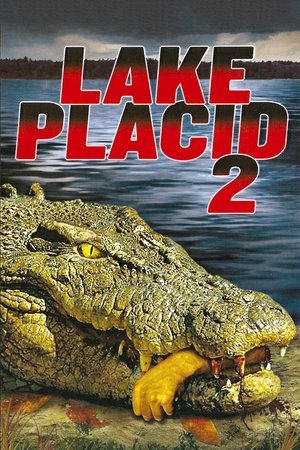 4.8
4.8Lake Placid 2(en)
Man-eating crocodiles return to the lake as two males and one aggressive female crocodile, which is protecting her nest, wreak havoc on the locals.
 6.3
6.3Hello, Love, Goodbye(tl)
A bartender and a domestic helper of Filipino origin living in Hong Kong find themselves falling in love, but they each have different plans for their future.
 7.2
7.2Woman in the Moon(de)
A scientist discovers that there's gold on the moon. He builds a rocket to fly there, but there's too much rivalry among the crew to have a successful expedition.
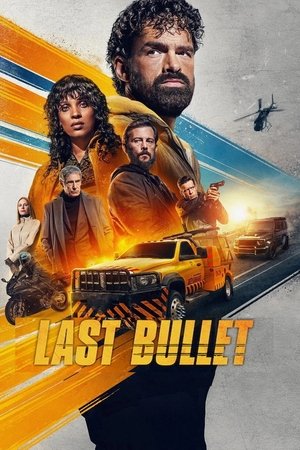 6.6
6.6Last Bullet(fr)
Car genius Lino returns to conclude his vendetta against Areski and the corrupt commander who ruined their lives in this turbo-charged trilogy finale.
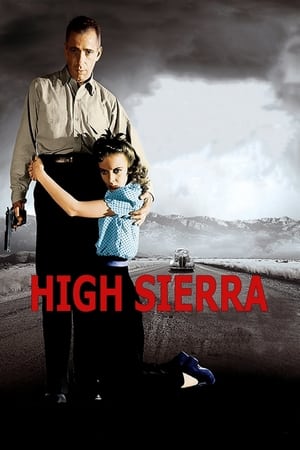 7.1
7.1High Sierra(en)
Given a pardon from jail, Roy Earle gets back into the swing of things as he robs a swanky resort.
 5.9
5.9Biwi No.1(hi)
A woman tries to win back her husband when she discovers he's keeping a model for a mistress.
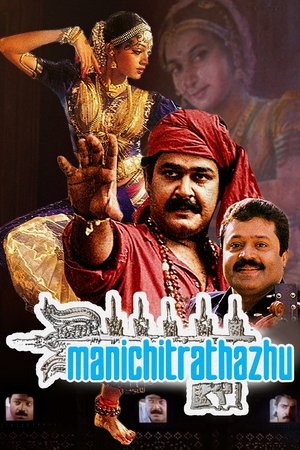 7.4
7.4Manichitrathazhu(ml)
A young couple, Ganga and Nakulan, arrives at the ancestral home called Madampalli of the latter. Hailing from a family that follows tradition and superstitions, Nakulan's uncle Thampi objects to the couple's idea of moving into the allegedly haunted mansion, which Nakulan ignores. The couple moves in anyway following which seemingly supernatural events begin to happen.
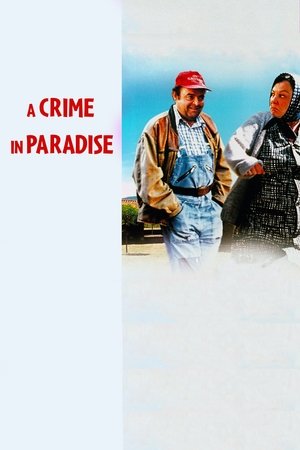 6.6
6.6A Crime in Paradise(fr)
In the 1980 French countryside, farmer Jojo and his ill-tempered wife Lulu hate each other, though their respective interests speak against divorce. The only thing that keeps the oppressed Jojo from murder is the threat of the guillotine...
 6.6
6.6The Return(en)
The Return is a 2016 documentary directed by Emmy Award winning director Erich Joiner chronicling Ford GT's return to 24 Hours of Le Mans after their 1966 1-2-3 victory.
 5.8
5.8Occhio, malocchio, prezzemolo e finocchio(it)
The film is divided into two episodes, The Hair of Disgrace and The Magician, both focusing on the theme of the occult and beliefs.
 6.7
6.7Workers Leaving the Lumière Factory(fr)
Working men and women leave through the main gate of the Lumière factory in Lyon, France. Filmed on 22 March 1895, it is often referred to as the first real motion picture ever made, although Louis Le Prince's 1888 Roundhay Garden Scene pre-dated it by seven years. Three separate versions of this film exist, which differ from one another in numerous ways. The first version features a carriage drawn by one horse, while in the second version the carriage is drawn by two horses, and there is no carriage at all in the third version. The clothing style is also different between the three versions, demonstrating the different seasons in which each was filmed. This film was made in the 35 mm format with an aspect ratio of 1.33:1, and at a speed of 16 frames per second. At that rate, the 17 meters of film length provided a duration of 46 seconds, holding a total of 800 frames.
 7.3
7.3The Six Degrees of Helter Skelter(en)
Entertainingly led by famous Hollywood historian Scott Michaels, this epic documentary employs never-before-seen autopsy reports, dozens of rare photographs, original Manson Family music recordings, and modern-day visits to the locations where the action went down, in the most complete retelling of the Manson Murders ever put on film.
Similar Movies
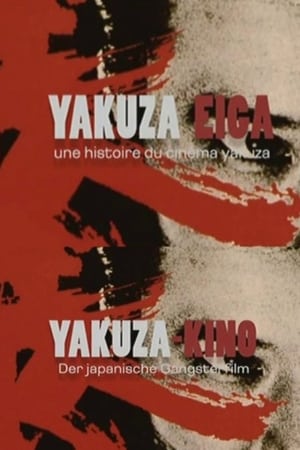 7.0
7.0Yakuza Eiga, une histoire du cinéma yakuza(fr)
The history of the Yakuza Eiga at the TOEI studio is roughly outlined. Real Yakuza and also their connections to the movie business are discussed, and many important actors and directors of the genres are interviewed. Former real yakuza boss turned actor Noboru Ando, Takashi Miike, Sonny Chiba and many more get a chance to speak.
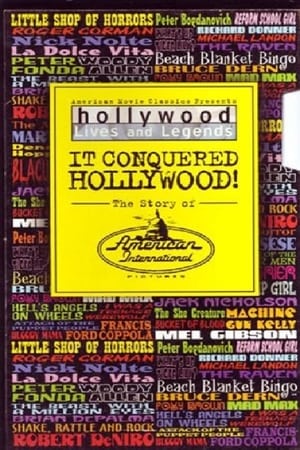 6.8
6.8It Conquered Hollywood! The Story of American International Pictures(en)
A 60-minute salute to American International Pictures. Entertainment lawyer Samuel Z. Arkoff founded AIP (then called American Releasing Corporation) on a $3000 loan in 1954 with his partner, James H. Nicholson, a former West Coast exhibitor and distributor. The company made its mark by targeting teenagers with quickly produced films that exploited subjects mainstream films were reluctant to tackle.
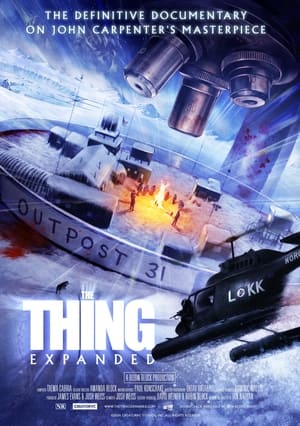 0.0
0.0The Thing Expanded(en)
The ultimate companion to John Carpenter’s "The Thing", digging deep into the proverbial iceberg to enhance your viewing experience with new insights, stories, and revelations.
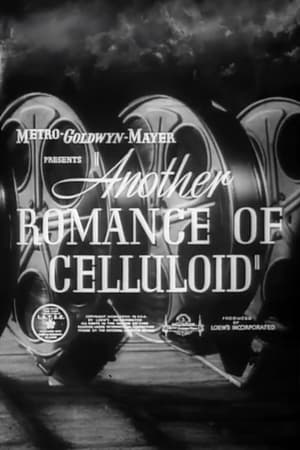 5.0
5.0Another Romance of Celluloid(en)
This second entry in MGM's "Romance of Film" series documents how celluloid movie film is processed and features behind-the-scenes glimpses of current MGM productions.
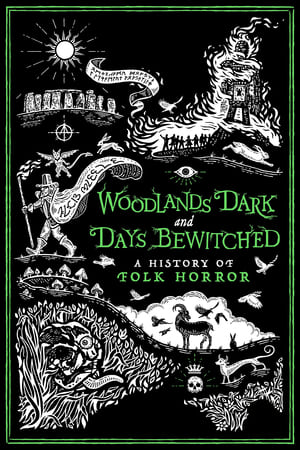 7.4
7.4Woodlands Dark and Days Bewitched: A History of Folk Horror(en)
An exploration of the cinematic history of the folk horror, from its beginnings in the UK in the late sixties; through its proliferation on British television in the seventies and its many manifestations, culturally specific, in other countries; to its resurgence in the last decade.
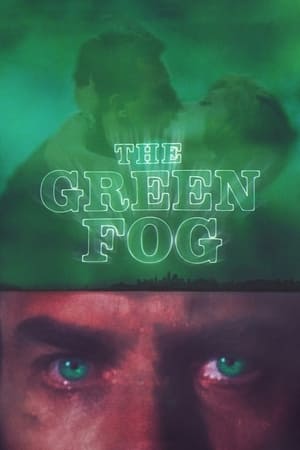 6.0
6.0The Green Fog(en)
A tribute to a fascinating film shot by Alfred Hitchcock in 1958, starring James Stewart and Kim Novak, and to the city of San Francisco, California, where the magic was created; but also a challenge: how to pay homage to a masterpiece without using its footage; how to do it simply by gathering images from various sources, all of them haunted by the curse of a mysterious green fog that seems to cause irrepressible vertigo…
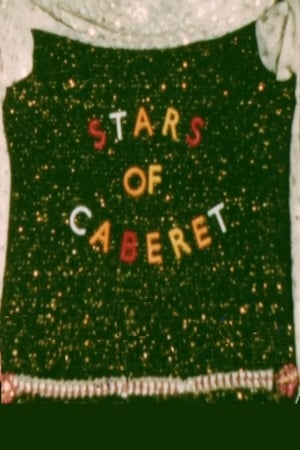 0.0
0.0Stars of Cabaret(en)
A collection of amateur films made by photographer Roderic Vickers and friends.
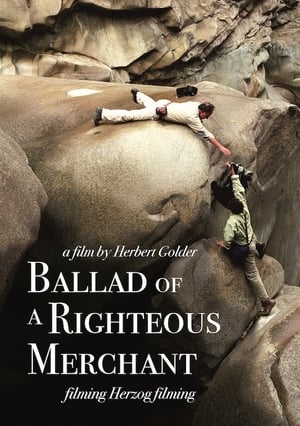 2.0
2.0Ballad of a Righteous Merchant(en)
Chronicles the making of director Werner Herzog’s 2009 feature, My Son, My Son, What Have Ye Done, providing profound insight into the director and his craft. My Son, My Son, What Have Ye Done was inspired by the true story of an actor who committed in reality the crime he was supposed to enact on stage: murdering his mother. With longtime friend Herbert Golder behind the lens, Herzog reveals the privacy and deep solitude that defines the director and his art.
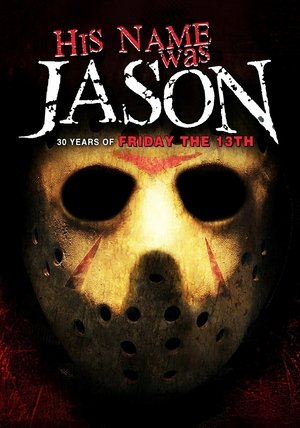 6.8
6.8His Name Was Jason: 30 Years of Friday the 13th(en)
A retrospective documentary about the groundbreaking horror series, Friday the 13th, featuring interviews with cast and crew from the twelve films spanning 3 decades.
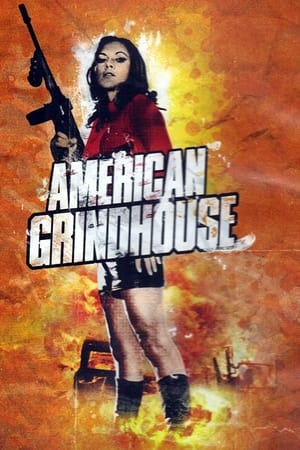 6.8
6.8American Grindhouse(en)
This documentary explores the hidden history of the American Exploitation Film. The movie digs deep into this often overlooked category of U.S. cinema and unearths the shameless and occasionally shocking origins of this popular entertainment.
 6.5
6.5Alfred Hitchcock: Master of Suspense(en)
This is a wonderful and revealing film about famed horror and suspense director Alfred Hitchcock. You'll see behind-the-scenes of some of his most famous films including Psycho, Rear Window, Dial M for Murder, Vertigo and many more! Containing interviews, unique production shorts, trailers, film clips, news segments, and more, this collection offers a rare look into the life and times of this man who became a Hollywood legend and the undisputed Master of Suspense!
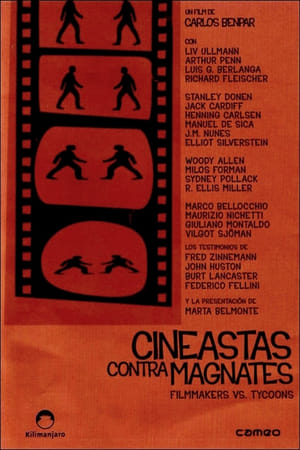 6.2
6.2Filmmakers vs. Tycoons(ca)
How the cinema industry does not respect the author's work as it was conceived, how manipulates the motion pictures in order to make them easier to watch by an undemanding audience or even how mutilates them to adapt the original formats and runtimes to the restrictive frame of the television screen and the abusive requirements of advertising. (Followed by “Filmmakers in Action.”)
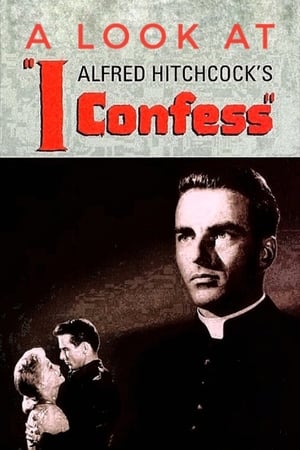 7.0
7.0Hitchcock's Confession: A Look at I Confess(en)
Documentary short focusing on the making of Alfred Hitchcock's 1953 film I Confess.
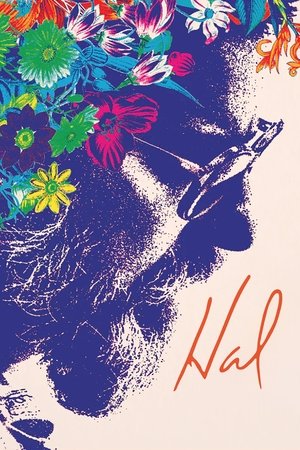 6.5
6.5Hal(en)
Hal Ashby's obsessive genius led to an unprecedented string of Oscar®-winning classics, including Harold and Maude, Shampoo and Being There. But as contemporaries Coppola, Scorsese and Spielberg rose to blockbuster stardom in the 1980s, Ashby's uncompromising nature played out as a cautionary tale of art versus commerce.
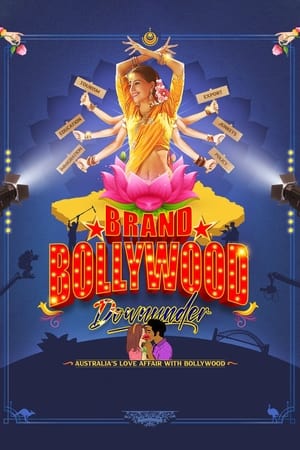 0.0
0.0Brand Bollywood Downunder(en)
When most people think about Australia, they picture massive sandy beaches, singlet-clad locals drinking beer, and kangaroos bounding through the dusty red outback. Saris, musical numbers, and masala are the furthest from anyone's mind - unless of course, you're one of the millions of Bollywood fans from around the world.
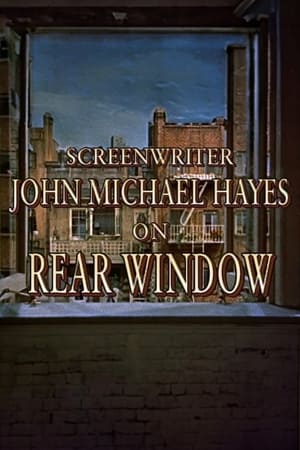 7.0
7.0Screenwriter John Michael Hayes on 'Rear Window'(en)
Screenwriter John Michael Hayes reminisces about his partnership with Alfred Hitchcock during the making of the classic 1954 film Rear Window.
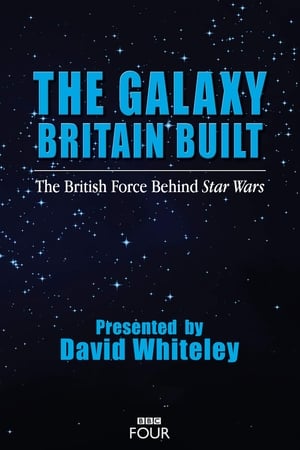 9.3
9.3The Galaxy Britain Built: The British Force Behind Star Wars(en)
Superfan David Whiteley celebrates the unsung British heroes behind the first film in the Star Wars’ franchise, 1977’s eponymously titled Star Wars. The Star Wars saga ends with the release of The Rise of Skywalker in December 2019. This documentary celebrates where it all began. It includes previously unheard stories from the people who made one of the most successful movies of all time, with additional interviews and previously unseen behind-the-scenes footage. The presenter, Star Wars superfan David Whiteley, who has his own connection to the original film (he was born on May the 4th), tracks down the often modest British talent who brought the galaxy to life. David explores the contribution of the London Symphony Orchestra and meets Ann Skinner, who was in charge of continuity. As well as seeing her original stills from the set, Ann reveals how she helped Sir Alec Guinness with one of the most famous speeches in Star Wars.
 5.7
5.7The Inspiration for 'Cars'(en)
Short featurette about the inspiration behind Pixar's "Cars".
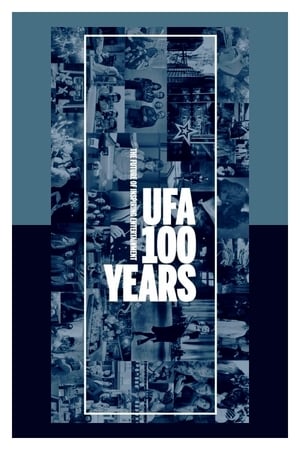 4.5
4.5100 Years of the UFA(de)
The intricate history of UFA, a film production company founded in 1917 that has survived the Weimar Republic, the Nazi regime, the Adenauer era and the many and tumultuous events of contemporary Germany, and has always been the epicenter of the German film industry.
